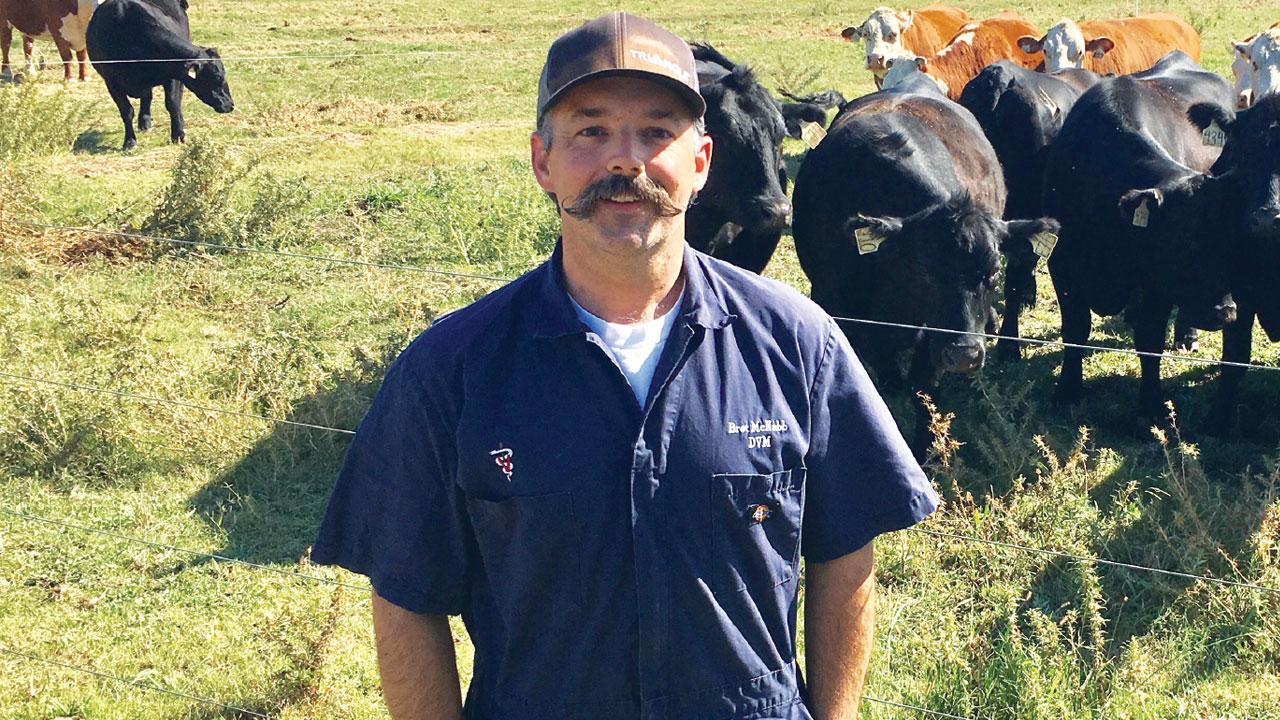
Veterinary Medical Center
The Future of Livestock Care

When the School of Veterinary Medicine first opened its doors in 1948, its sole purpose was to prepare students to meet the needs of the growing animal agriculture industry in California. By 1970, the school’s prominence in veterinary medicine was already being established throughout the country, as it opened the Veterinary Medical Teaching Hospital (VMTH), a world-class clinical facility rivaled by none in the Western United States.
Over the years, the school’s livestock specialists have set the bar high for discovering major breakthroughs – including the development of an effective vaccine against foothill abortion disease in beef cattle; advancements in bovine mastitis detection, control, and treatment; and characterization of the bluetongue virus, which causes serious illness in sheep and impacts international cattle trade.
To continue this world-renowned research and clinical care of livestock, the school has begun to transform the VMTH into the future Veterinary Medical Center (VMC), a donor-funded, decade-long campaign to construct a comprehensive clinical facility to advance the school’s mission of leading veterinary medicine and addressing societal needs.
And to keep with the school’s original purpose, a main component of the VMC will be the Livestock and Field Services Center (LFSC). The center will bring together a team of board-certified livestock faculty, residents, certified veterinary technicians, and veterinary students to provide expert care to livestock patients and exceptional service to their rancher clients – all in facilities designed to provide immediate access to state-of-the-art technologies.
The LFSC has been designed in consultation with Temple Grandin, PhD, well known for her groundbreaking work in engineering humane animal facilities. Grandin, a fellow in the Society of Biological and Agricultural Engineers, partnered with the planning team to refine preliminary designs to provide the best possible environment for livestock patient handling and care, as well as clinical teaching, emphasizing modern concepts in animal welfare.
Delivery of veterinary services for livestock producers has evolved since 1948, when large-scale operations preferred onsite veterinary care at their ranches. While the Livestock Herd Health and Reproduction Service still provides those field visits, hospitalized care has become increasingly popular, as ranchers with high-value animals are willing to transport them to UC Davis for expert care, under the in-house Livestock Medicine and Surgery Service.
The livestock handling facilities currently at the VMTH were originally designed to handle dairy cattle, which are larger and more docile than the beef cattle more commonly seen in the hospital now. Upgrades and modifications in the LFSC will improve safety and provide a more advanced environment in which to provide service. Additionally, construction of an entirely new livestock delivery system will make receiving/discharging of animals to/from the facility safer and more efficient.
“By providing a safe and controlled environment with a diverse caseload, the Livestock and Field Services Center will allow our students and residents to participate in surgeries such as castrations, common abdominal surgeries, C-sections and leg fracture repairs,” said Dr. Bret McNabb, director of the hospital’s Large Animal Clinic, and a livestock veterinarian himself. “They will also gain valuable experience with radiology, ultrasound, endoscopy, and even laparoscopy, CT and MRI. All of this adds up to a more comprehensive experience for everyone involved – ranchers, their animals, and our personnel.”
Being a nearly 100% donor-funded campaign, the VMC is being phased into several projects throughout the coming decade, with the LFSC being part of Phase I.
To support this project, former Dean Michael Lairmore and his wife Donna have generously contributed a gift to the LFSC, understanding its importance in the coming decades.
“By 2050, food production needs are expected to increase by 50 percent,” said Lairmore. “While global food security requires a complex series of approaches, it is clear that the production of healthy animal-sourced proteins will play a significant role in the solution. The Livestock and Field Services Center will allow our ranching community’s herds to remain healthy for them to fulfill that role.”
To learn more about the VMC, please contact our Advancement team at 530-752-7024.
